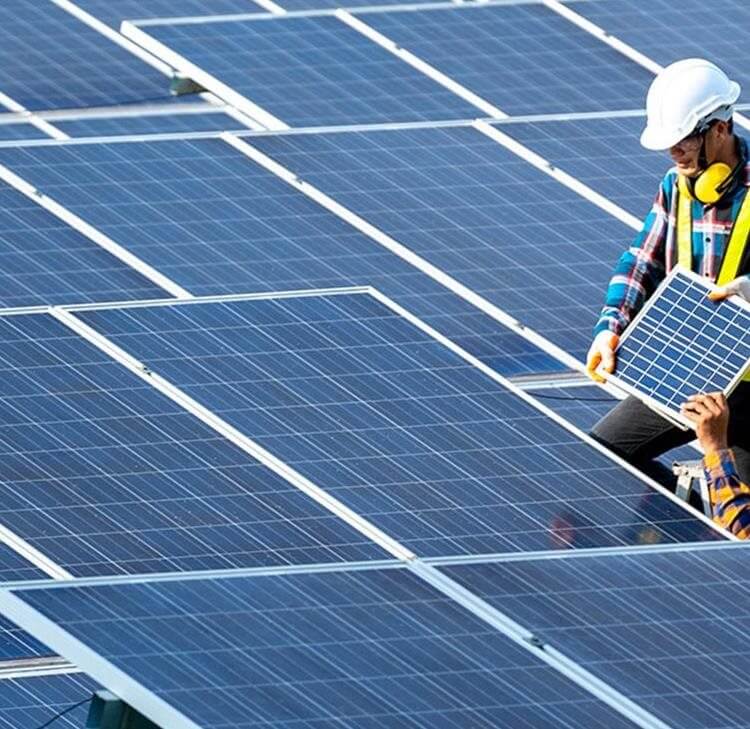Retail lawyer Mark Hymers outlines the importance of ‘green’ lease clauses and how to embed sustainability into retail contracts.
What are ‘green’ lease clauses?
These are provisions in leases which seek to reduce climate impact by agreeing obligations (on landlord and tenant) to improve sustainability and minimise carbon emissions in respect of leased premises. This can include minimum energy efficiency and EPC responsibilities, recycling and waste reduction, better management of utilities and sustainable sourcing of energy, and the sharing of data.
Why do we need green clauses?
As the foreword to the CBI green growth report released on 17 July 2023 summarises:
“The science is irrefutable, time is not on our side in the race to net zero. Urgent action is needed to limit the rise in global temperatures, and its catastrophic impacts on our planet and people’s lives…. This is a global race the UK has the strategic potential to lead”.
For retailers and other occupiers doing their part, green lease provisions therefore sit alongside other environmental actions they should also be reviewing in relation to packaging, transport, supply chains, recycling, and re-selling.
What are some of the difficulties?
1. No established market standard
Given that there’s no definitive market norm for green lease provisions, the current trend for shorter lease terms may lead to a temptation to push the problem down the road to the next lease renewal. But action can no longer be delayed, since even relatively short leases are now likely to run past one or more key dates such as the anticipated increase in MEES (minimum energy efficiency standards) rating to C by 2027 and B by 2030.
2. One-sided approaches
We often see examples of parties focused only on grabbing all the financial benefit they can under the guise of adding green provisions, without engaging in constructive dialogue with the other party as to what could be achieved by agreeing a package of measures with obligations on both parties.
3. Differing perceptions of fairness
There often aren’t easy answers as to how environmental costs should be most fairly split between a landlord and tenants. Tenants may see more or less benefit from improvements to a building depending on when during the term the works are carried out, and may understandably be less prepared to contribute to energy improvements in the last six months of their term as compared to the start of a 10-year lease.
Tenants may view improvements to a building as bettering the landlord’s value in their asset more than it benefits the tenants in reduced energy costs, which can be difficult to ascertain before the detail of potential future works are known. For example, the MEES regulations allow an exception to a landlord carrying out certain improvements if the ‘relevant energy efficiency improvement works’ do not pay for themselves by way of energy bill savings within seven years. However, a landlord may not see any direct benefit from the improved energy efficiency reflected in potential rent increases for some time to come.
What works well?
1. Obtain relevant information early
An EPC (energy performance certificate) should be available to a tenant at the time of marketing a property but in practice they can often follow agreement of the heads of terms (sometimes even some way into negotiating the documents). Knowing the EPC rating is key to knowing whether the premises meet the current minimum rating, and to understand what work might be needed in future as the minimum rating increases.
Being informed on the issues relevant to the premises helps to break down the big goals into constituent smaller actions such as considering the likely ways to improve the energy efficiency of a premises (boiler replacement, double glazing, wall insulation, renewable energy installations, changing lighting).
For a tenant, they should establish their rights and obligations. The fact that MEES minimum standard obligations are in the first instance an obligation on landlords isn’t the end of the matter. Service Charge terms may allow a landlord to recover energy improvement costs from the tenant, and compliance with legal provisions can sometimes be wide enough to put the obligation on the tenant.
2. Get the right people involved in negotiations from the start
The Royal Institution of Chartered Surveyors (RICS) Code for Leasing Business Premises in its lease negotiation and best practice section states:
“Parties are encouraged to include in leases provisions relating to sustainability and the environment that urge cooperation throughout the lease term between the landlord and the tenant to ensure that the property is used as sustainably as possible.”
This should be negotiated by agents at heads of terms stage, with input from sufficiently senior representatives of the landlord and tenant (as well as input from legal advisors), to enable agreement to be reached on key principles which can then be defined when drafting clauses in the lease.
Vague and optimistic heads of terms points suggesting that ‘standard’ or ‘market norm’ green lease provisions will be added often just result in each party pushing their own agenda in lease drafting, reaching a block, and then one or other party feeling forced from a commercial perspective to accept a less than ideal position to get the deal done when they run out of time to negotiate further, or as a ‘compromise’ the green provisions being watered down so as to be toothless and of little benefit to either party.
3. Engage genuinely
Local authorities are expected to take the enforcement action relating to the increasing MEES and there is some question as to the extent to which they will have the resources to do so. But there’s an opportunity for both parties to benefit from real engagement with the issues, rather than attempts to work towards meeting the minimum bar. This can be seen in actions such as landlords deliberately seeking lease provisions that dissuade tenants from allowing the landlord access for energy improvements, with a view to securing the landlord the benefit of an exemption under MEES regulations if they aren’t able to obtain relevant consent to carry out the improvements. Avoid greenwashing, which is already being looked at negatively and will be an area of continued focus for customers, regulators, and investors in future.
4. Create and develop a green lease strategy
Look at what others are doing, see what might work for you, pick the best bits and continue to adapt your strategy. Different types and sizes of organisation are often starting from very different positions in terms of the detail of their strategy. For example, NHS England published ‘The Green Leases Framework’ in Summer 2022 to provide guidance to NHS organisations to improve the energy efficiency of their leasehold estates, whether landlord or tenant, which includes suggestions for ‘light green’ and ‘dark green’ clauses.
But others can also take elements of this to inform their own approaches. Ahead of negotiations, it is very useful to have considered the kind of provisions that are being agreed in the market, and what level of commitment or data sharing a party would be prepared to commit to and what they would expect to see in return. The Chancery Lane Project has an interactive tool to find relevant, climate-aligned clauses for your built environment contracts which is easy to use and definitely worth a look.
If you do one thing…
…at least do something. Keep sustainability in mind in relation to real estate contracts. Start to push for green lease provisions and aim to make some improvements where possible each time an agreement is up for review, which doesn’t necessarily need to be the end of the lease. Don’t let perfect be the enemy of good. The ambition of the clauses can be kept under review as both the needs of the parties and market practice develops.










































